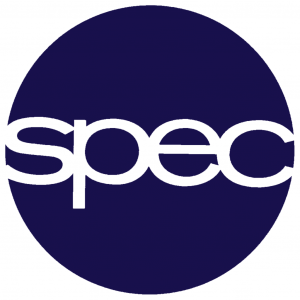The electrografting technique was first described for the acrylonitrile monomer and consists in initiating its polymerisation at a well-defined cathodic potential which allows to create a stable polymer/metal interface. This electrochemical technique is thus of the utmost importance for significant progress in very demanding applications, such as protection against corrosion, food packaging, biomaterials and sizing of reinforcing agents in composites… A main goal for the improvement of this electrografting method was to develop different strategies suitable to modulate the thickness of the organic films and to tune its surface properties and reactivity. The coupling of electrografting and controlled/living polymerisation of various families of monomers was revealed as a powerful answer. For this purpose, an acrylate is synthesized which contains an R group able to initiate the controlled/living polymerization of non (meth)acrylate monomers. Under cathodic polarization, the parent polyacrylate is chemisorbed, R being chosen for its stability during the process. In the last step, a polymer is grown by polyaddition from the very thin and adhering polyacrylate film, which increases the thickness of the organic coating and changes its chemical properties with preserving adhesion. By this process, well-adhering polynorbornene films of controlled thickness have been prepared by ring-opening metathesis polymerisation of norbornene by using the Grubbs catalyst, from a pregrafted polyacrylate layer bearing norbornene moieties. Moreover, the combination of electrografting and atom transfer radical polymerisation (ATRP) and nitroxide mediated polymerization (NMP) allowed us to graft to metallic and carbon substrates various polymers such as styrene, n-butyl acrylate and methyl methacrylate brushes. Applications to the building-up of antibacterial coatings will be emphasized.
Centre d’Etude et de Recherche sur les Macromolécules, Institut de Chimie, Université de Liège




